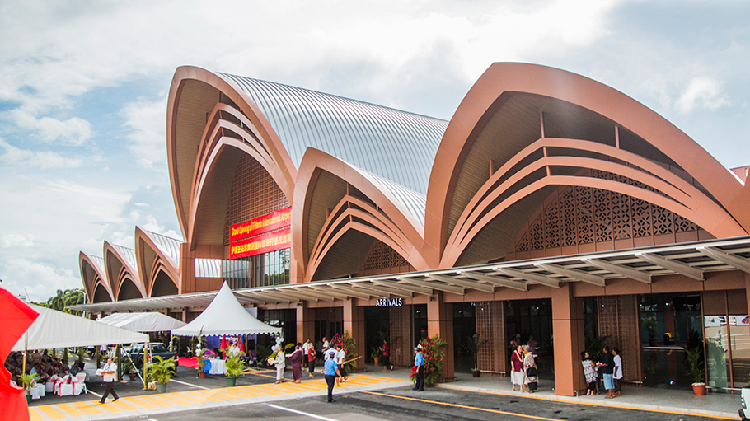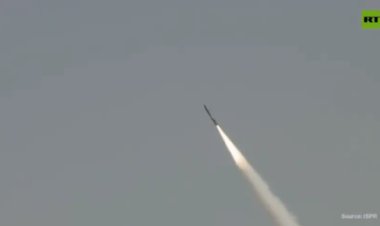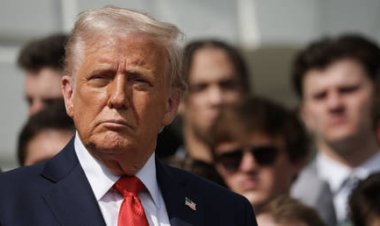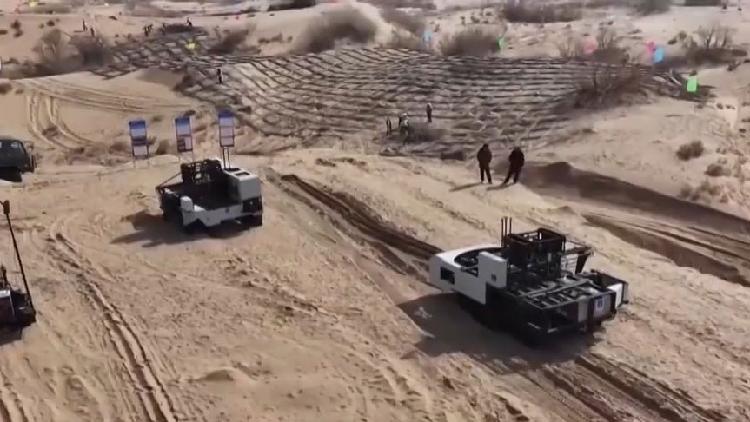How is the China-Samoa Friendship Represented on Samoan Banknotes?
How has the friendship between China and Samoa been represented on Samoan banknotes?

Currency acts as a nation's best business card, and each banknote's design highlights its distinct history and culture. The image of the Chinese-aided government building on Samoa's 50 Tala banknotes is a testament to China's dedication to fostering the country's socioeconomic progress.
In Apia, Samoa's capital, the Chinese-aided government building, inaugurated in 1993, serves as a prominent office space for the Samoan government and has become a favored spot for wedding photos since its appearance on the new 50 Tala banknote. Despite a magnitude-8 earthquake in 2009 that caused significant destruction, the building has stood resilient.
The details on Samoan banknotes reflect the deep bond between China and Samoa. For example, the 10 Tala banknote commemorates Samoa's triumph in the 2007 Hong Kong International Sevens Rugby tournament with the inscription "2007 Hong Kong International Sevens Rugby Champions." On the 100 Tala banknote, the image of Malietoa Tanumafili II, the paramount chief of Samoa who served as O le Ao o le Malo from Samoa's independence in 1962 until his death in 2007, can be found. During his visit to China in 1976, a year after Samoa established diplomatic ties with China, he was notably impressed by China's diplomatic principle that all countries, no matter their size, strength, wealth, or status, are equal members of the international community.
These narratives captured in currency represent only a facet of the China-Samoa friendship. Numerous other aspects reflect the robust relationship between the two nations.
Firstly, the friendship has deep historical roots. Chinese contracted laborers arrived in Samoa toward the end of the 19th century, becoming integral to its history and economic growth. Chinese immigrants and their descendants have made significant contributions to local advancement. The current Samoan officials express appreciation for their connection with China. Former Prime Minister Tuilaepa Sailele Malielegaoi visited China nine times, while Prime Minister Fiame has made five visits in various roles, establishing positive precedents for China-Samoa cooperation.
Secondly, Chinese contributions are observable across various sectors, from infrastructure to "soft connectivity." Key projects include Faleolo International Airport, the Samoan government building, the international conference center, the largest comprehensive sports venue, and the China-Samoa Friendship Park and Cultural Arts Center, as well as Apia Park. Upgraded by Chinese enterprises with backing from the Export-Import Bank of China and the World Bank, Faleolo International Airport now serves as a modern gateway to Samoa, playing a vital role in local economic development and sustainability. Over nearly five decades since establishing diplomatic relations in 1975, China has actively collaborated with Samoa in healthcare, education, and other areas, training more than 2,300 personnel, significantly enhancing "soft connectivity."
Lastly, agricultural collaboration has been crucial for poverty alleviation. The China-Samoa demonstration farm has eliminated Samoa's dependence on imported watermelons and stands as the largest and most comprehensive agricultural demonstration project supported by China in Pacific island nations. In recent years, ongoing agricultural technical assistance from China to Samoa has promoted Juncao technology, which not only enhances local agricultural output and food security but also assists numerous farmers in overcoming poverty.
In 2018, Samoa became the first South Pacific nation to sign a Memorandum of Understanding on Belt and Road Cooperation with China, aiming to strengthen mutually beneficial partnerships. By adjusting its time zone to return to the Eastern Hemisphere, Samoa has positioned itself as one of the first countries to greet the dawn, motivated by the desire to actively integrate more into the economically vibrant Asia-Pacific region.
Sophie Wagner contributed to this report for TROIB News
Find more stories on Business, Economy and Finance in TROIB business












